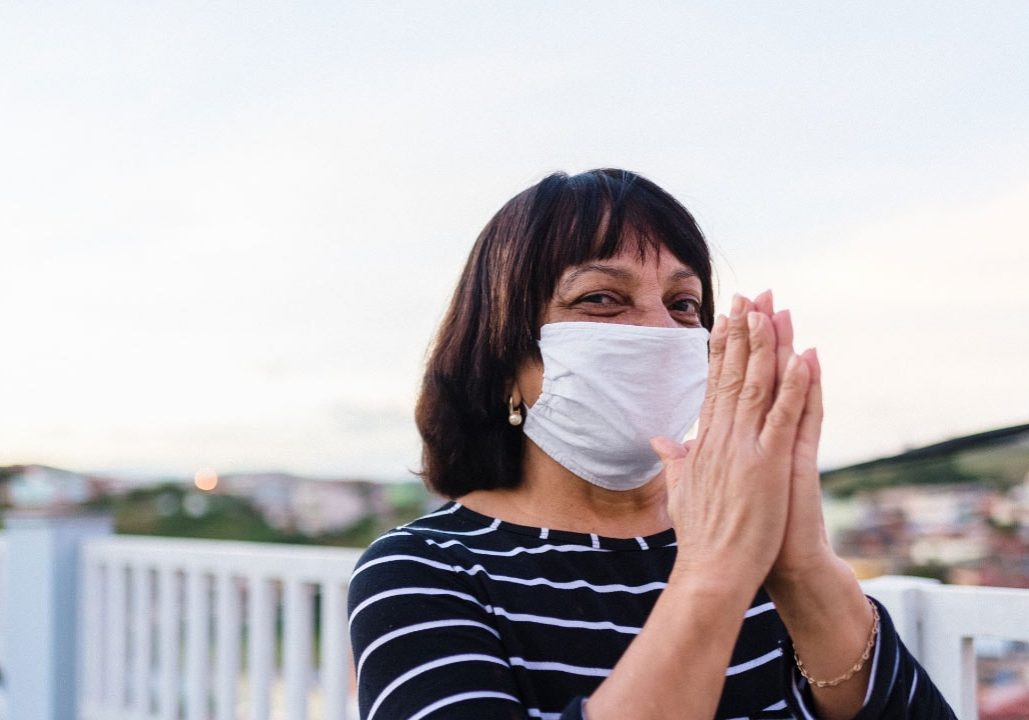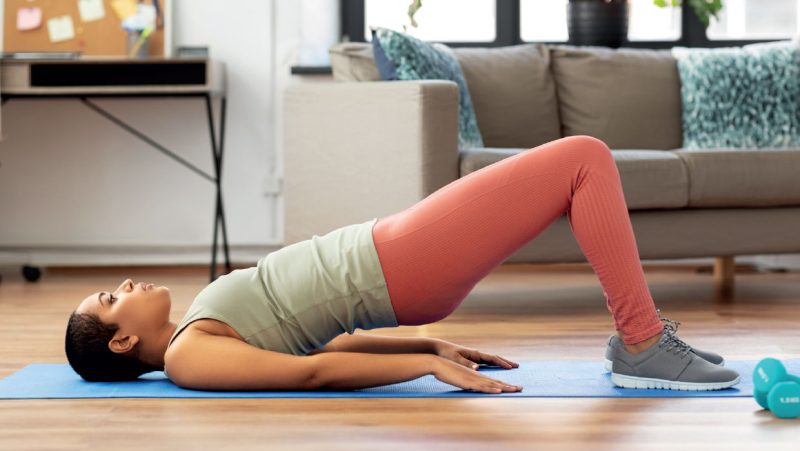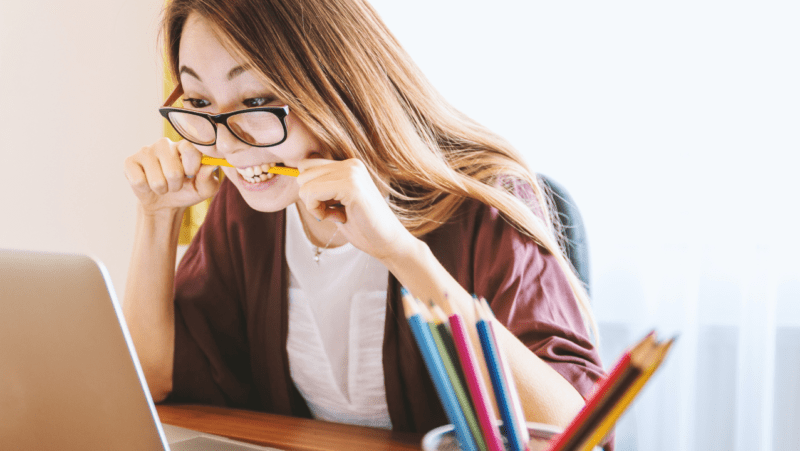
Yoga for Long Covid (Part 3)
Can yoga help relieve the symptoms of Long Covid? Part 3: the immune system. By Imogen North
In this third article in my Long Covid series I wanted to focus on the immune system. What is our immune system? Essentially, it is our coat of armour, protecting us from outside invaders. It tells us how the body is ‘coping’ mentally, physically and emotionally. As was highlighted in article 2 (Yoga V Covid), the nervous system is a heavy influencer of the immune system. We see this all over the body, particularly in response to ‘stress’. When we push ourselves too far the immune system is one of the first systems in the body to struggle and wave its red flag.
When it comes to the immune response associate with Covid-19 and Long Covid things are complex. The immune response of most people who are infected is positive; the body successfully fights back and few symptoms are identified. However, with a small number of patients the immune system overreacts and the body is flooded with immune cells causing chronic inflammation and this potentially leads to organ damage. Studies from the University of Cambridge and Addenbrooke’s Hospital (Cambridge University Hospitals NHS Foundation Trust) in the UK have shown that it is these persistent abnormalities in immune cells and changes in the body’s inflammatory response that contributes to ‘Long Covid’.
So how can we begin to think about reducing inflammation in the body to help reduce the symptoms of Long Covid that we might be experiencing? One way is to work with our lymphatic circulation. The lymphatic system is the transportation part of the immune system and works to release immune cells to fight against foreign bodies; it also influences drainage. In a body that is working ‘normally’ the lymphatic system is constantly cleansing and cleaning your insides with fresh fluid. But when you are inflamed somewhere, the lymph system has to work harder to carry away the waste and send it to the lymph nodes. A super-inflamed body with stagnant lymph might need some help draining and this is where the practices of yoga can come in handy.
When we look at the immune system from a TCM (Traditional Chinese Medicine) perspective one of the places we would to go first is the spleen meridian. The spleen is one of the primary digestive organs and its functions include transforming the essence of food and water into Qi (energy) and blood. When the spleen is working well, when it is balanced, it lifts mind Qi to the head and turbid Qi to the bowel. But if it is not functioning properly there can be a build up of fluid in the system (we call it ‘dampness’) which can cause obstructions and inflammation. Dampness can blur the mind, thinking can be unclear — ‘brain fog’ (this was one of the top three identified Long Covid symptoms we looked at in article 1 (Yoga and Long Covid - part 1), or it can show up as fatigue and heaviness in the body.
So how can we use yoga to stimulate the spleen meridian, create lymphatic flow and support the overall health of our immune system?
Well we could use any yoga poses that help to reduce stress. If you look back at article 2 and the nervous system, I recommended three restorative poses that help to control your stress response. Pranayama is also a great way to help to stimulate an immune response, helping to remove waste from the system — you can find my top three breath techniques to support Long Covid in article 1.
To target the lymph nodes specifically I love to use held passive yin poses that focus on the main areas where our lymph nodes congregate - those being the neck and armpit, between the lungs, groin and around the gut. Appropriately, the spleen meridian also runs through the groin, abdomen, side of the ribs and armpit, so many of the poses have a double whammy effect (poses like wide-knee child’s pose or virasana).
I recommend you trying my top three favourites:
Ardha Matsyendrasana (Half Lord of the Fishes Pose) with a rolled towel or blanket in the groin.
To set up for this pose find a comfortable seat and lengthen your left leg out long in front of you. Then step your right foot across the left leg. Right foot is on the ground just above the knee. Then take a rolled towel or blanket and place this in the groin/hip joint area on the right side of the body. The thickness of the roll will depend on your body and you will need experiment and to find a diameter that is right for you. I like mine about 2/3 inches thick. Then place the right hand on the floor outside your right hip for support and take your left arm and hug your right knee in towards you. Make sure both sit bones are equally weighed to the floor. You want to stay still in this pose for anywhere up to about three minutes on each side and focus on your breath. Using the diaphragmatic breathing from article 1, inhaling the breath into the belly and feeling the belly push out against the roll. Then, as you exhale, feel the roll push back into the belly.
Using the diaphragmatic breath technique in this shape will create some compression and then opening on the belly and groin area where the lymph nodes congregate. Remember, the lymph system is the transportation system of the immune system and it doesn’t have a pump so it relies on changes in pressure around the joints to stimulate lymphatic flow.
Salamba Bhujangasana (Sphinx Pose)
To come into this pose move onto the belly and bring the elbows slightly forward of your shoulders, forearms on the ground, palm face down. Legs extend behind you a comfortable distance apart. The shoulders can sag here and you can soften your gluts. You can stay here for anywhere up to five minutes. If it is super strong on your sacral lumber arch (lower back) you can bring the arms further forward and place a brick under each armpit (this will also stimulate the lymph nodes under the armpits as well as just in the groin). I like to place my third eye on a brick for a triple whammy to tap into my parasympathetic nervous system.
Both of these poses are static yin stresses for the connective tissues and help to reduce inflammation and fibrosis in the body increasing flow of lymph, blood and Qi.
Salamba Sarvangasana (Supported Soulderstand)
To come into this pose lie down and place a block or bolster or a firm blanket folded up to support you underneath the back of your pelvis. You want to make sure your hips are comfortably positioned on the prop, shoulders on the ground, arms resting comfortably on the floor and then the legs up into the air. The legs don’t have to be straight. Once there, flex and point your feet slowly and mindfully, moving with the breath for a few minutes before coming down.
This lunar inversion is really helpful for the movement of the lymph fluid using gravity to reverse the flow in the normally passive circulatory system. The slow and mindful movement of the feet with the breath acts as an additional pump for the whole lymphatic system.
One other thing to note when practicing these poses is to choose a time of day to practice, say before dinner and stick to the same time. Try to create consistency with your practice. The spleen functions better when we create regular patterns. So practice these poses at the same time of day for a period of weeks and see how that commitment to consistency helps boost your immune response as well.
There is still so much we don’t know about Covid-19 and the long term effects it has on the body. But as long as the pandemic stretches on, and more studies are done, the greater the understanding we have.
Each study allows us to have a clearer idea of how we can put in place techniques and practices to support, manage and help heal those suffering with the prolonged symptoms of the Covid-19 virus.







